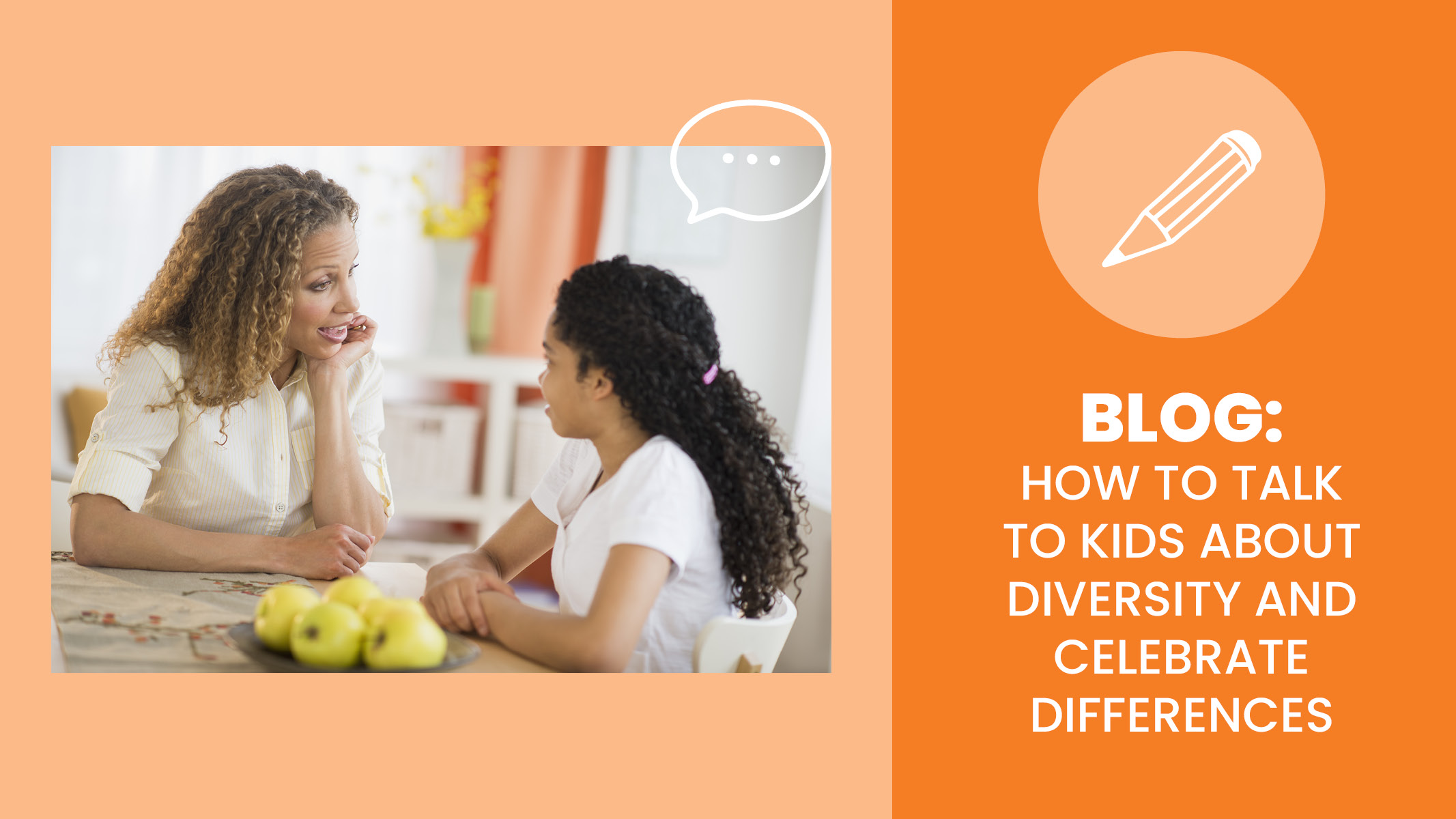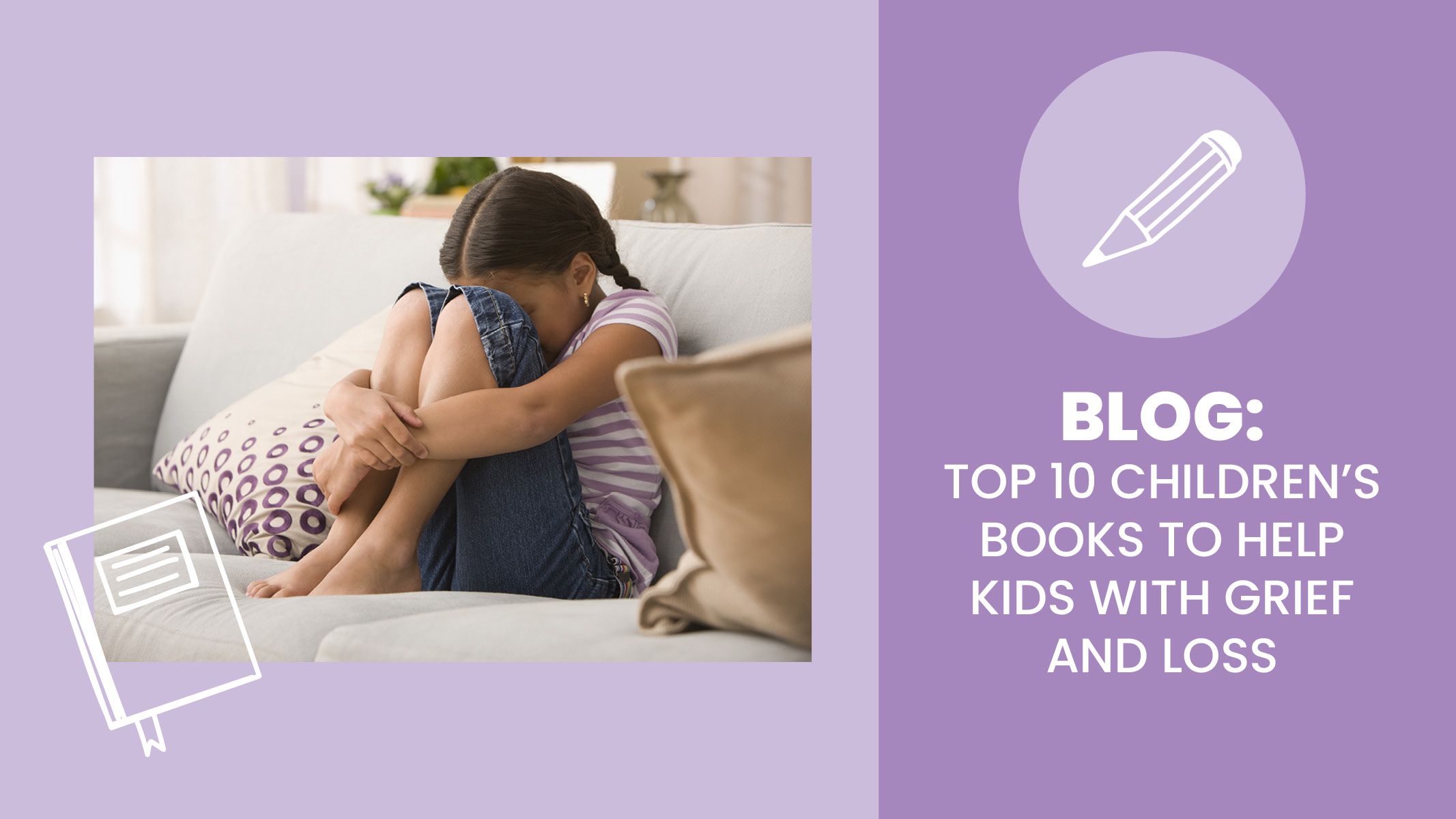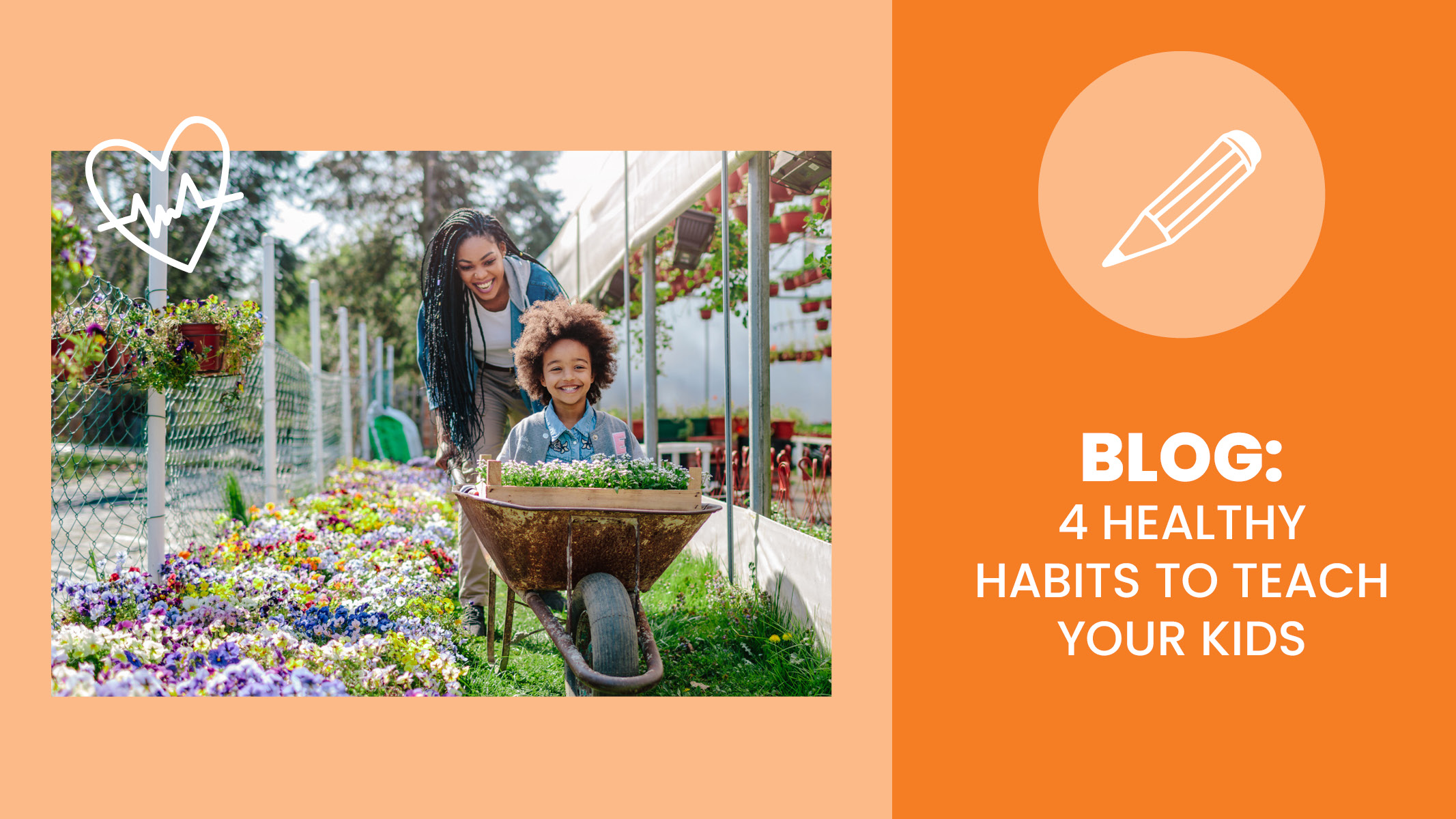Studies show that children as young as three years old can identify differences and similarities between people. Kids also observe and absorb more than we realize which is just one reason why proactively talking with kids about people different than themselves is important. We sat down with Natasha Smith, Head of Diversity, Equity, & Inclusion at Sanford Health to learn more about why these conversations are so important and how you can navigate discussions with your kids about different people to foster acceptance and inclusion.
Talking to kids about people’s differences can encompass a lot: race, class, ability, religion, language, body size, gender expression, and sexuality are just a few identities that make people unique. According to Natasha, it’s important to have these conversations with children because our communities are very diverse. “By starting these conversations young, it can normalize topics that allow kids to see their peers and all their important identities. When children are encouraged to inquire about or share about their various identities, it builds confidence and a sense of belonging.”
After learning about why these conversations are so important, you might be wondering how to start these conversations with your kids, especially because they can feel uncomfortable at first. Here are Natasha’s tips:
1. Educate yourself first so you have insights to share on the various identities that show up in your community. Aren’t sure where to start? Here are some tips and ideas:
- Take some time to reflect. Ask yourself some questions such as, “What implicit biases do I have?” “What types of diversity do we have in our family?” “How do diversity and differences show up in our classroom?” “What is unique about our family culture and how do we celebrate that uniqueness?” “Do our extracurricular or leisure activities include diverse groups of people?” “Do we consume diverse media (books, shows, games, etc.)?”
- Seek out some resources (movies, books, videos, TV shows, and other diverse media) that open up your perspective to a different one than your own. The Coming Together initiative from Sesame Street is a great place to start.
2. Get comfortable being uncomfortable; because conversations around race or religion have been avoided in older generations, it may be uncomfortable as you navigate thoughtful curiosity and modeling that for younger children.
3. Have some conversation starters ready. When having these conversations, be sure to convey to a child that the intent when talking about differences with others shouldn’t be interrogation, but rather curiosity. Our intent and motivation behind the conversations and questions we ask will always shine through and kids will intuitively notice. Here are some conversation starters you can use with kids to explore and uplift differences:
- What types of diversity do we have in our family?
- What holidays do we celebrate? Do you know classmates or friends who celebrate different holidays?
- What do your classmates look like? Do you look similar to anyone else in your class?
- Who is a part of our family? Do you know a classmate whose family is different than ours?
- Watch a show or read a book with diverse characters together. Then, ask children what they notice about the characters.
Now that you know how to start the conversation, what tips do you have for continually navigating the conversation and fostering ongoing discussions with kids as they grow up?
- Model relationship building with people who have different backgrounds than you.
- Practice regularly discussing differences and similarities together.
- Praise kindness and empathy and speak up when you witness bias. If you witness an adult make a discriminatory comment, try asking for clarification such as “What do you mean by that?” or “What makes you say that?”
- Use real-world scenarios and look out for teaching moments. Discussing what kids see in the media can be a great place to start.
- If your child says something about another person’s differences in a discriminatory or inappropriate way, ask them some questions without judging or shaming. “What made you notice that? “What made you say that?” “How might that make someone feel?”
- Point out strengths in different populations and celebrate the rich history and achievements of different communities as a family.
- Continually seek out diversity – books, TV programs, movies, etc. For fit’s Top 10 Children’s Books to Encourage Acceptance and Inclusion, click here. After consuming the book or media, talk with your child about what they noticed about the characters.
- Discuss negative stereotypes and why they can be hurtful to groups of people.
Remember that even though these conversations may be uncomfortable, they remain important to have with young children. By leaning into these conversations and modeling inclusive behavior, children are more likely to grow up celebrating the differences and strengths of those around them.
Ready for More? You Might Also Like:
Positive Parenting with Sanford fit
Relax with Dakota: A Mindful Meditation for Kids
Power of You Activity Book


